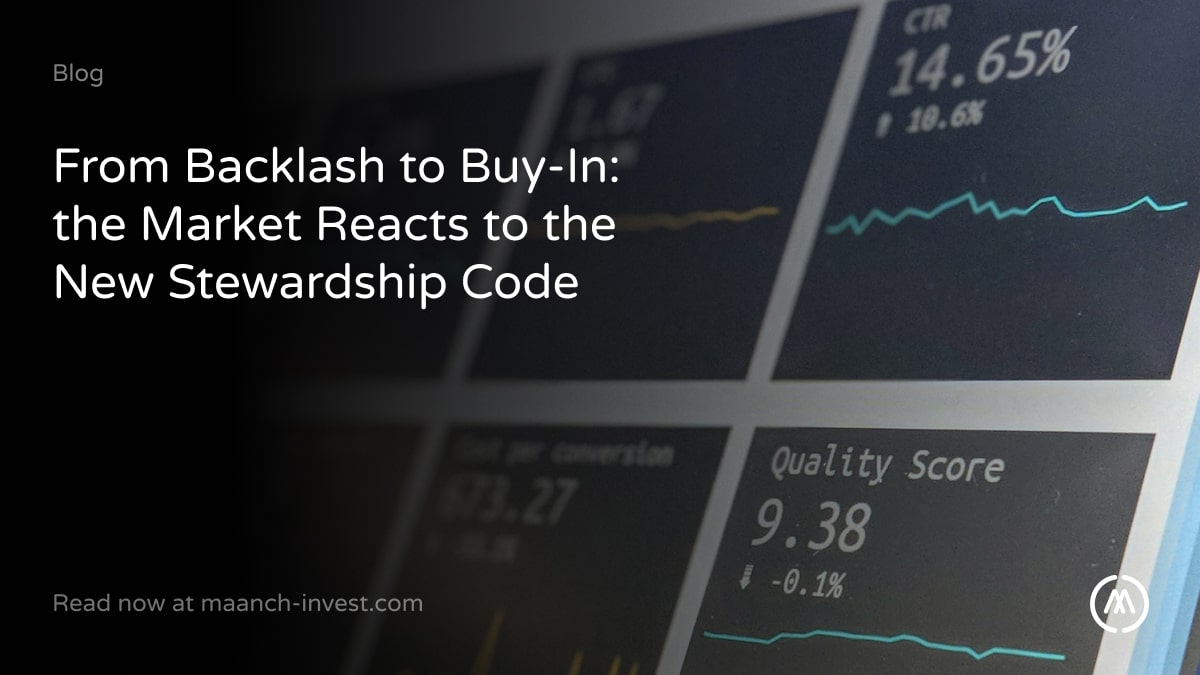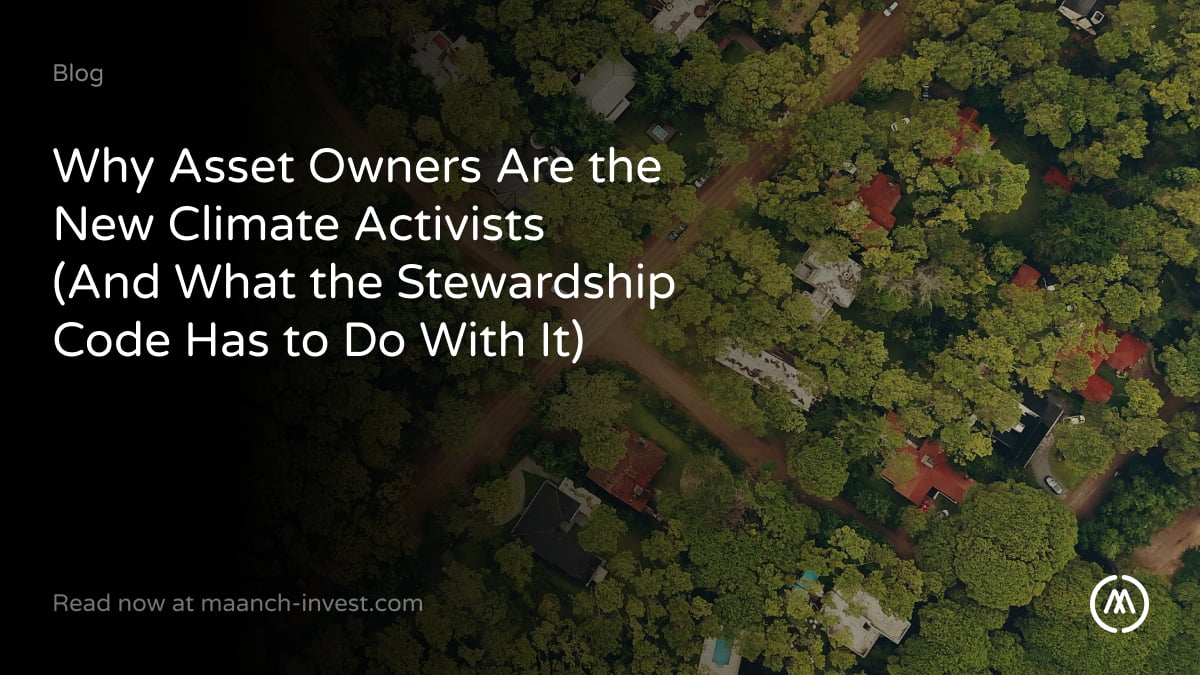Why putting impact at the centre of purpose, strategy and performance is not just needed but also a big opportunity for all kinds of organisations. Not least because it demonstrates genuine commitment to stakeholders rather than posturing, promises and PR.
We recently put out a blog entitled ‘ESG: a Distraction or a Revolution?’ In it, we suggested that although ESG is high profile, expanding rapidly and very welcome, it isn’t new. Nor are the underlying issues which need to be addressed by strengthening Environment, Social and Governance performance. Preceding the SDGs, in 2000, we had the Millennium Development Goals which made some good initial headway in tackling extreme poverty, child mortality, poor education and disease but left much more for the SDGs to do.
Impact Should be Central
This blog proposes that impact should be central to discussions about purpose, strategy and performance in all types of organisations: companies, financial institutions and Foundations. As well as acting responsibly, these organisations can re-purpose some of their core capabilities to develop solutions to some of the world’s problems, creating new revenue streams in the process. Furthermore, whilst ESG forms an important element of a robust approach to impact, it is only part of the cohesive and intentional strategy needed to meet the growing demands of stakeholders and society.
The Maanch approach is to see organisational impact as including ESG factors, rather than impact and ESG being pursued separately. Not least because ESG is still associated with risk management and compliance, not the transformational change needed to use all our capital and assets for a more sustainable future; for example, by applying financial, human and natural capital to support the SDGs at scale, and over the long term, in order to address complex systemic issues.
Impact should be central to the purpose and strategy of all organisations because they are all under stakeholder pressure to invest, give, or do business effectively, and with positive social and environmental outcomes. What are some of the basic principles organisations need to consider to be impactful in this way? What is the shift in thinking required to deliver this substantial change on a continuing basis? How do we enable sustained positive impact for all stakeholders through the leap forward in organisational performance and capabilities needed?
Impact Principles for Organisations
We have put together a list of Impact Principles for organisations to consider as they embark on this impact journey.
1) Purpose & Planning
Start with the Why. Discuss and reflect deeply on the broader value the organisation can create; not just financial value but value to people and planet. Integrate impact and ESG factors upfront, into Purpose and Strategic Planning, rather than jumping into the swamp of ESG data, or being limited to traditional CSR programmes. What positive societal impact does your organisation want to have? How can your organisation create sustainable profits or returns, whilst doing good? Focus on increasing net positive impact over time as an integral part of a revised strategy. Think of clustering activities not by historic business units or functions but by People, Planet, Prosperity and Partnerships. Don’t get buried in the mountain of data and standards – identify what data is most important to your situation, your organisation and to achieve your aims. Get the big things right on impact and focus on those.
2) Use All Assets
Connected to the above point, think about all the assets and main activities of the organisation and how that human, financial, knowledge and material capital can be used more efficiently, or put to better use, to address social or environmental issues. For instance, a holistic view of a company would include its products and services, people and skills, financial and investment capital, suppliers, networks, partnerships, philanthropic activities, and so on.
3) Inclusive design
Enrol a diverse mix of stakeholders to challenge your thinking, generate ideas, and hold you to account, as well as to join you in achieving shared aims. For example, to reduce carbon footprint; to reduce waste; to open up quality employment opportunities to all; or to lead the sector in addressing the needs of under-served communities.
4) Impact-led
Adopt best impact practices; what’s most material in your sector in terms of high risk social or environmental issues? Where can you make the biggest difference based on your own strengths? How will you set targets and measure progress? And how do you make this transparent so you become accountable for doing what you promise?
5) Problem-solving
Focus on problem solving, as good organisations always have. But this also means broader thinking for many Boards and Executives: how can we identify where our actions are having the biggest positive or negative impact, and work with others to address the problems created?
Problem-solving is at the heart of product development, by satisfying needs and addressing pain points. There is good money in solving problems well – so why not with social and environmental problems? Most activities will have some impact, good or bad, intentional or unintentional, so the starting point has to be to understand those impacts.
It’s not just about risk. There are profitable opportunities for organisations who use their business competencies for social or environmental good. For example, a data consultancy helping to fight fraud; a software company creating AI and advanced analytics to improve health diagnostics; a bank using its technology and networks for greater financial inclusion and hence to access new customers; a retailer driving out human slavery and poor working conditions from its supply chain whilst increasing the quality and security of its supply.
In summary, companies who embed impact into their purpose and strategic development and who look at solving the world’s problems (encapsulated in the SDGs) as a framework for change, have the chance to grow revenues and do good on a sustainable basis.
Blog by Maanch team member David Stead.




